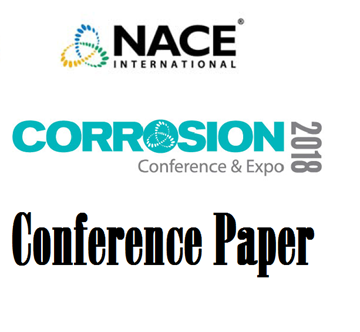Search
07195 Predictive Modeling of Carbamate Formation in Ammonia Recovery Stills
Also Purchased
51318-11560- Calculation of Inspection Intervals for an Ammonia Storage Tank Based on Design Modifications, RBI, Commissioning Inspection, and FEA
Product Number:
51318-11560-SG
Publication Date:
2018
$20.00
02439 EXTERNAL SCC PHENOMENA OF AUSTENITIC STEEL IN UREA PLANTS STAINLESS
Product Number:
51300-02439-SG
ISBN:
02439 2002 CP
$20.00
99376 Advanced Water Resource Management in Ammonia and Fertilizer Industries
Product Number:
51300-99376-SG
ISBN:
99376 1999 CP
$20.00




